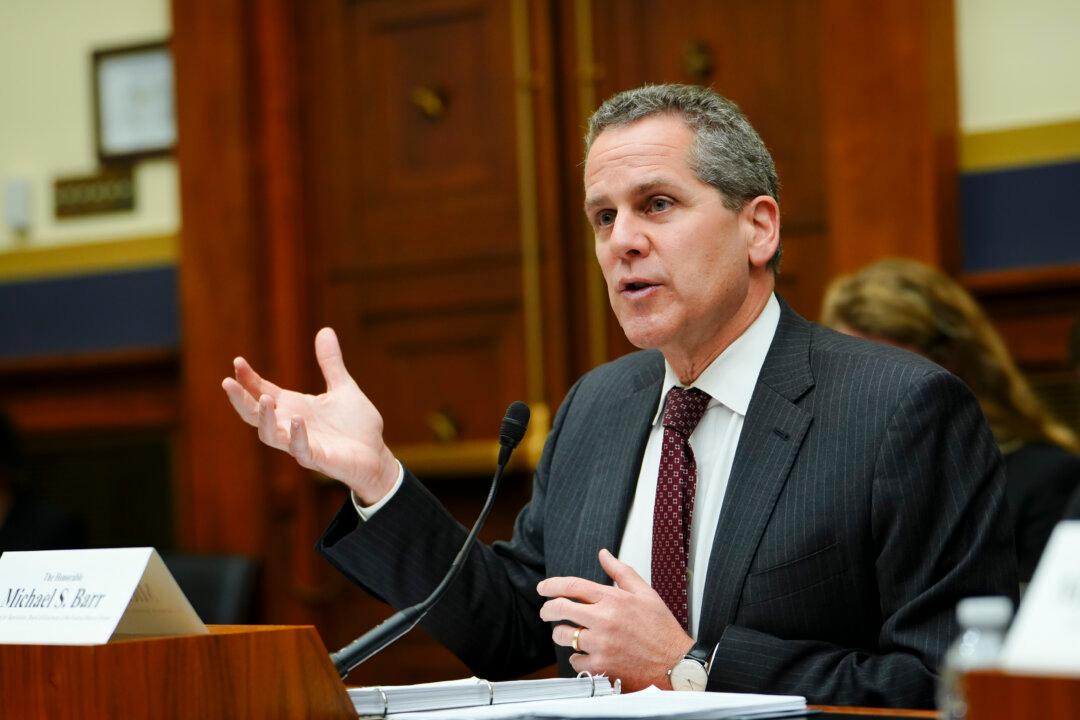The Federal Reserve has revised its proposed capital requirement increase for large U.S. banks, reducing the originally proposed hike significantly following opposition from the banking industry and political figures from both sides of the aisle.
Michael Barr, vice chair for supervision at the Federal Reserve, announced the softened terms in a speech on Sept. 10 at the Brookings Institution in Washington, in what he described as a “re-proposal” that slashes by more than half the Fed’s original proposal for a capital requirement increase for the nation’s biggest lenders whose collapse could trigger financial chaos.





